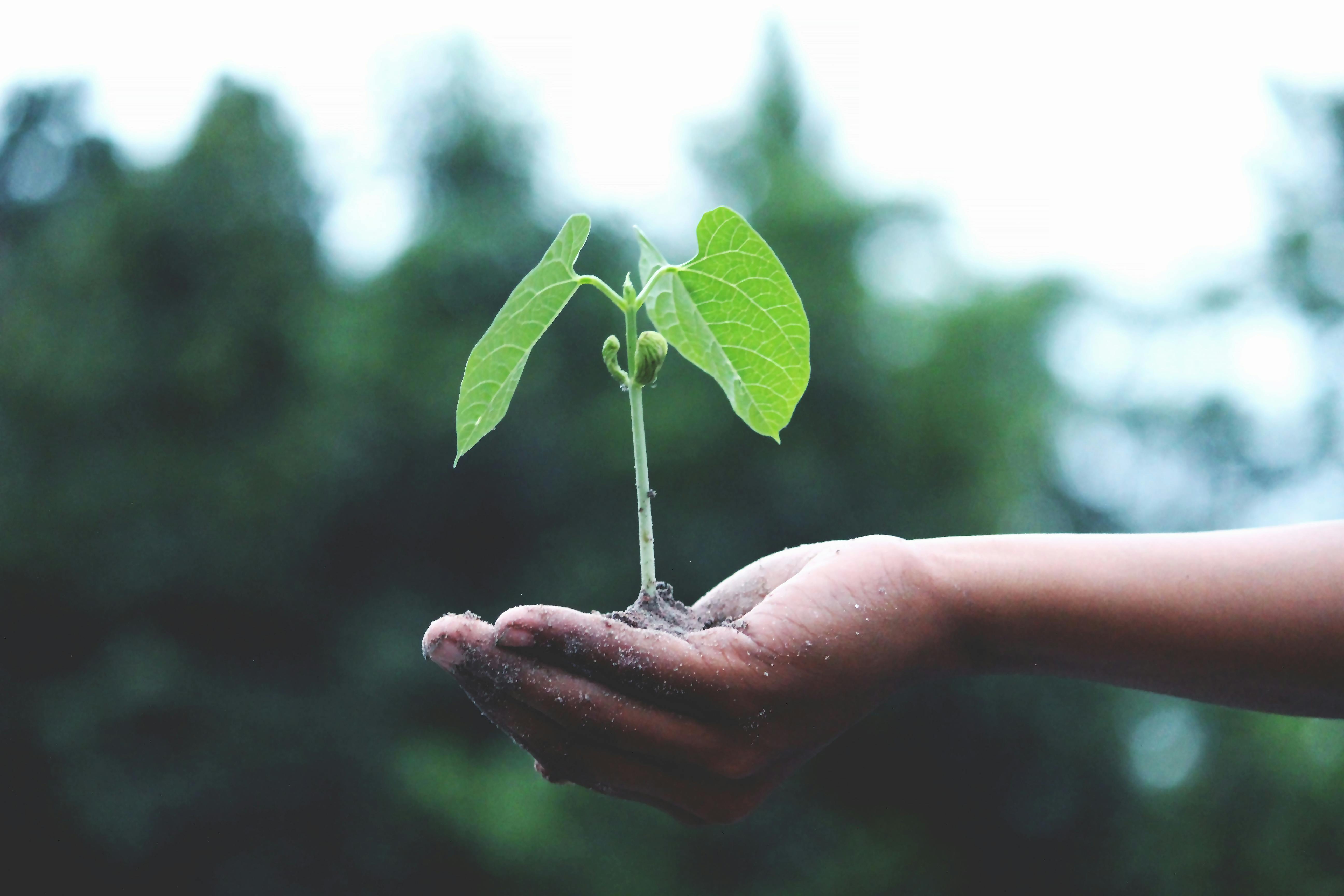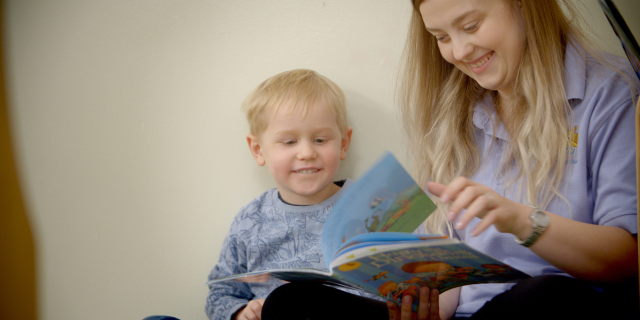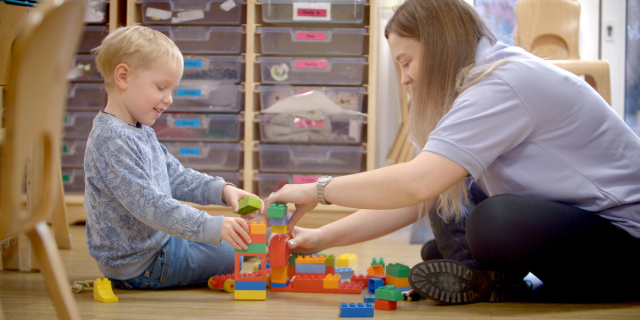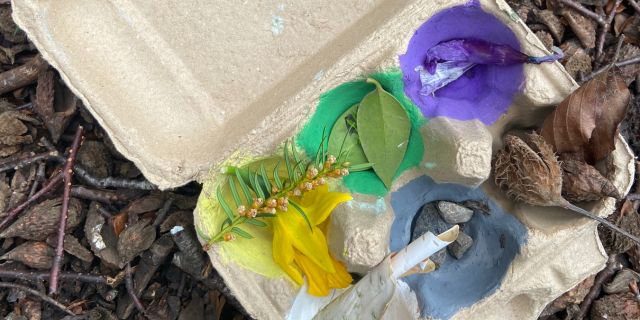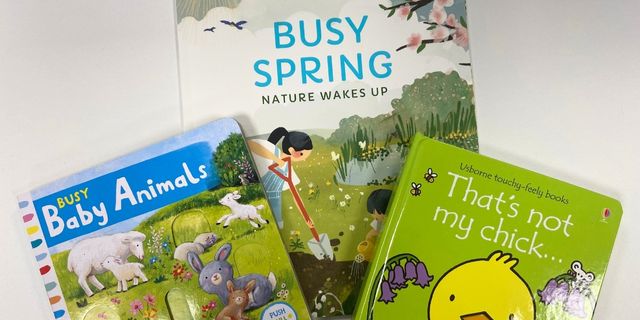Blog
Top Potty Training Tips
Blog
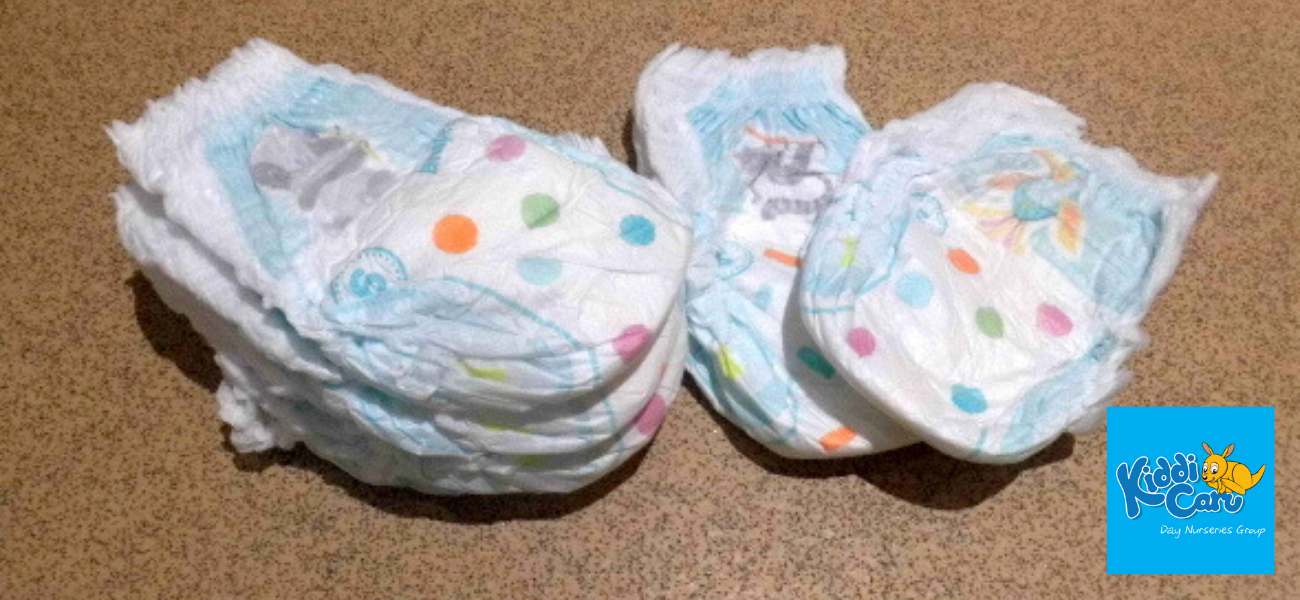
You’ve most likely never dealt with them before, you may not have even given them a second thought, but since your little bundle of joy came into your life they have been a daily (sometimes hourly) interaction – nappies!
So, the idea of waving them goodbye forever can be very exciting. However, it is important to not get swept up in the idea and push your little one into toilet training before they are ready.
What is the potty training age?
The most important thing to keep in mind is that your child, at every age, is a unique individual who will move at their own pace!
In the case of toilet training, it is truly down to when your child is ready, this can be anywhere from 18 months to 3 years. On average girls are normally ready up to three months before boys, but you should be patient and go at their speed, even if their siblings picked it up at an earlier stage, that is no guarantee your youngest will be the same.
So, how do you know when it is the right time? Your child will start to show signs of independence, such as wanting to go to the toilet like an adult, stopping activities or taking themselves to a more private area when going to the toilet. However, it is best to avoid training if there are any big changes happening or coming up in your little one’s life, such as moving to a new house, starting nursery or the arrival of a new baby.
It is also best to start toilet training when you have ample free time to dedicate to your little one at home. So, if you believe your child has been showing signs of independence, now may be the perfect opportunity. Make sure not to force your child if they are not ready as this can cause them to have a negative association and delay their experience.
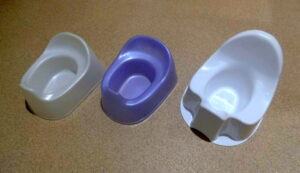
How do I potty train my baby?
Children learn through copying and repetition, so you can encourage their interest in toilet training by having an open-door policy at home. This will show them how mummy and daddy use the toilet. That way you can answer all their questions and make them more comfortable around the toilet, as it can be daunting for a child as it is a new experience and an area that they have never used before.
Prior to beginning toilet training, make sure to change your little one in the bathroom so they can associate toileting with the bathroom. Explain to them what you are doing whilst changing their nappy and the difference between wee and poo.
You can also spark your child’s excitement about toilet training by taking them on a shopping trip to buy ‘big boy/girl’ pants. Discuss the trip with your child a few days before to boost their enthusiasm and let them pick their own pants to give them a sense of pride and independence (pants featuring a favourite character or theme is often a big hit).
Be prepared for accidents!
Make the transition from nappies to pants straight away, the change of texture will help your child to feel the difference. You can choose to use a potty, or train using the toilet by securely installing a child seat and providing a step for you little one to use – or both! Talk to your child to find out which one they feel more confident to use.
Try to make the experience as easy as possible, dress your little one is loose clothes that they will be able to remove easily by themselves. Ask them to use the toilet or potty regularly, but do not pose it as a question as you’ll often find the answer to, ‘Do you need the toilet?’ will be, ‘No’. Instead ask them to use the toilet or potty before doing a task, such as, ‘Please go and use the potty, then we will go to the shops.’
When your child is ‘trying’ to go, do not pressure them as they can become nervous or scared of disappointing you. However, ask them to sit there for a few minutes, often having a general conversation with you will help them to relax.
Introduce into your child’s routine time for them to play without any clothes on their bottom half, with the potty nearby, this will encourage them to stop play and go to the toilet seamlessly.
Keep in mind that this is a training stage and can take a while, so make sure to celebrate achievements, and use nappies/pull ups for long trips and night time to minimise accidents and frustrations for you and your baby.
Toilet training at night will take longer than day training, as your child will not always be aware of their body’s needs. It is best to master potty training in the day and then move onto night training in a similar manner. Give your child easy access to their potty by leaving it in their room at night, checking to see if they have gone a few dry nights in a row before removing the nappy at night (make sure to attach a plastic cover to protect your child’s mattress), again prepare for accidents. When accidents happen, reassure your child and remind them what they should do next time.

Spread the word
When starting potty training make sure to tell everyone who cares for your little one what the process is, so there is consistency across the learning experience. At Kiddi Caru our rooms (apart from our baby rooms) are equipped with children bathrooms, including small sinks and cubicles to encourage self-service and hygiene practices. Our qualified practitioners have a wealth of knowledge to share and will try to accommodate all learning processes to help your child learn and grow in confidence.
If at any point your child becomes too anxious or upset about using the potty or toilet, we recommend putting toilet training aside for a few weeks before re-introducing it.
Potty Training Stories
Books are a great way to introduce new topics to your little one in a fun way. Our favourites at Kiddi Caru Day Nurseries Group are:
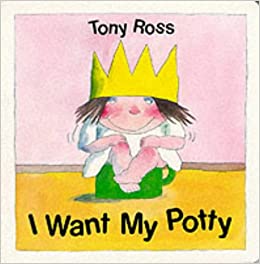 Tony Ross – I Want My Potty
Tony Ross – I Want My Potty
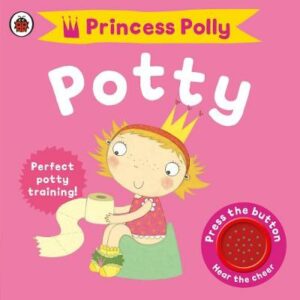 Andrea Pinnington – Princess Polly Potty
Andrea Pinnington – Princess Polly Potty
Share this article
Related blog/news
Swipe to see our latest articles.
